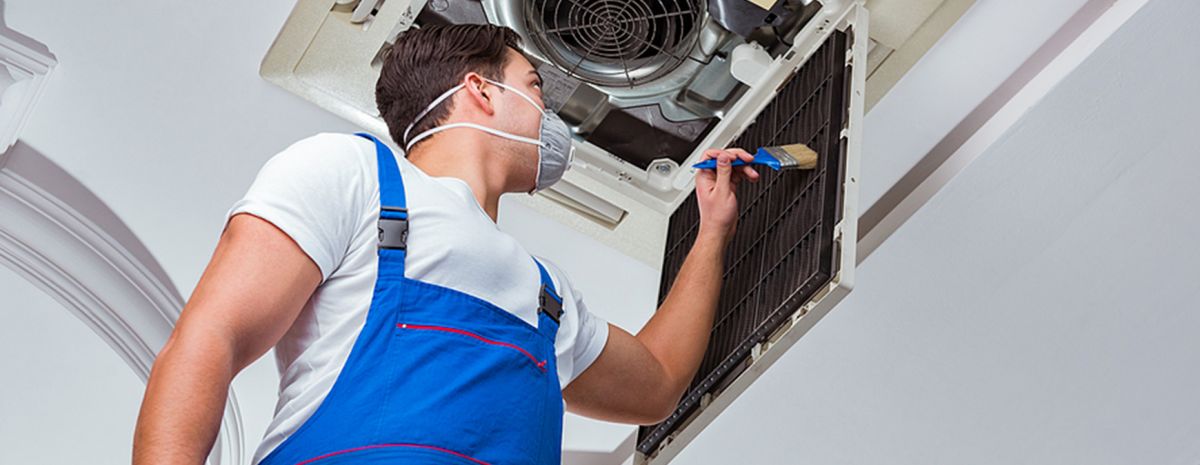TWS is a Great Training Option for Everyone
Learn more about how we can prepare you to advance your career.
Did you know that there are multiple ways to heat a home? We all know about central heating and air conditioning and that some of us use wall heaters with natural gas and pilot light. Others use space heaters, but some benefit from using radiant heating systems.
What is Radiant Heating?
Radiant heating systems supply heat directly to the floor or panel in a wall or ceiling. The system relies on radiant heat transfer. Radiant heat transfer is the delivery of heat from a hot surface to the people in the room using infrared radiation. Picture the feeling of heat from a hot stovetop from across the room or the heat from a fireplace, both are radiant heat.
What are the Advantages of Radiant Heating?
Radiant heating has many advantages, they include:
Efficiency: More efficient than baseboard or forced-air heating because it eliminates duct heat losses.
Have You Considered a Career in the Skilled Trades?
Fill out the form to recieve a no obligation info packet.
Less Energy: Uses less energy from the grid because it can use a wide variety of energy sources to heat the air or liquid.
Cost Effective: electric radiant heating can be inexpensive to install during new construction. It can also pair well with smart thermostats, saving money on the utility bill.
Better Circulation: Air from the floor rises upward naturally bringing the heat from the floor up to people in the room.
Better Air Quality: radiant heating doesn’t use fans or blowers, so you get reduced particulates, dust, and distribution of allergens.
Silence: there is no blowing noise that makes a sound in the background.
Uniform: unlike forced air heat systems, radiant heating systems heat throughout the room without cold or hot spots.
Discreet: there are no visible grilles, air handlers, or vents.
What are the Different Kinds of Radiant Heating?
There are three common types of radiant floor heat, radiant air floors, electric radiant floors, and hot water floors.
Air Radiant Floors – air carries the heat from the floor through insulated tubes beneath the floor.
Electric Radiant Floors – consist of electric heating cables or coils built into the floor and heat is generated as electric current passes through the coils.
Hot Water Radiant Floors – hydronic radiant floor systems pump heated water from a boiler to the tubing laid under the floor.
Final Thoughts
Did learning about radiant heating interest you in HVAC? Becoming an HVAC technician is a good career choice. Many people like working as an HVAC technician because they get to learn about new technologies, work outside the office and may be able to work on their own schedule. If you are interested in becoming an HVAC technician, let Tulsa Welding School train you in as little as 7 months. Before you know it, you will be installing radiant heating systems and HVAC/R systems as an apprentice.
Want to Learn More?
Because HVAC is a hands-on job, technical training is typically required for anyone to enter this field. Many people decide to invest in a trade program to learn the trade skills they need to be safe and effective as a professional. To learn more about our Commercial Refrigeration Training program offered at our Jacksonville, FL, Houston, TX, Tulsa, OK and Dallas Metro campuses contact us at Tulsa Welding School, call 1-855-981-7313






